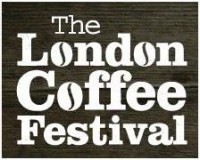 Okay, here it is, the one you’ve been waiting for: the sixth and final instalment in my Saturday Supplement series from the 2014 London Coffee Festival, which took place last month at the Old Truman Brewery on Brick Lane. If you’ve been with me since the start, you’ll know that I’ve already written a general round-up, and reports on Cups, Kit, Food and Competitions. I have, of course, saved the best until last, so today, I present the coffee itself!
Okay, here it is, the one you’ve been waiting for: the sixth and final instalment in my Saturday Supplement series from the 2014 London Coffee Festival, which took place last month at the Old Truman Brewery on Brick Lane. If you’ve been with me since the start, you’ll know that I’ve already written a general round-up, and reports on Cups, Kit, Food and Competitions. I have, of course, saved the best until last, so today, I present the coffee itself!
There are two parts to this Saturday Supplement. The first covers the coffee I enjoyed at the Festival, while the second part is all about the coffee I took home with me.
Of the coffee I had at the Festival, most of it was (by my choice) new to me, with the Australia’s St Ali, Winchester’s Aussie transplant, The Roasting Party, Bath’s Round Hill Roastery and the Colour Coffee Company, the roasting off-shoot of Newcastle’s Pink Lane Coffee, plus old favourites, Terrone. The coffee I took home was also mostly new to me, with the Wales/Cumbria collaboration that is Carvetii, Glasgow’s Dear Green Coffee, fellow Glaswegians Matthew Algie’s hand-roasted single-origins and new kids (lambs?) on the block, Black Sheep Coffee.
You can see what I made of it all after the gallery.
We’ll start with old favourite, Terrone, if only because it’s an excuse to have a picture of Edy in the gallery. This year Terrone was serving its Ciclista blend (65% Dominican Republic, 20% Brazil, 15% Kenya), with barista Callum serving it with balsamic vinegar and lemon over ice. This was his signature drink at the UKBCs, and, if I’m honest, it sounds horrible. However, I have to admit that it smelt absolutely wonderful. Taste-wise, I’m not so sure: it certainly wasn’t horrible, but it wasn’t really my thing.
Next is The Roasting Party. I’d tried some of its single-origins at Foxcroft & Ginger and since the Festival I’ve become a regular at Beany Green in Paddington, a The Roasting Party outlet. Although based in Winchester, The Roasting Party is very much an Aussie outfit, set up by Aussie Kirby, who brought roaster Wesley over from Sydney. They describe themselves as taking coffee seriously but treating life with a sense of fun, which certainly came across at the stand at the Festival.
The best feature was their massive sofa, where I spent an hour recharging my batteries. I had an excellent flat white, made with a Guatemalan decaf bean that was superb. I’m also very much enjoying The Roasting Party’s espresso blend, “The Captain” (50% Columbian, 25% Sumatran, 25% Kenyan) which I have as a flat white at Beany Green.
From Winchester, it was along the A31 to Dorchester and Number 35 Coffee House, which had a slot at the True Artisan Café. Toby, from Number 35, had two single-origin Ethiopian espressos from the Jimma region, one roasted by Bristol’s Clifton Coffee Company and the other by Bath’s Round Hill Roastery. Clifton are something of a known quantity to me, having previously featured in my Meet The Roaster series, whereas I had only knowingly tried Round Hill once before, at The Fields Beneath last summer.
Toby explained that he wanted to highlight the difference that the roasting makes to a coffee’s taste. With the beans both coming from the same region and both being processed in the same way (fully washed and sun dried), one might expect them to taste very similar, but they didn’t. The Clifton offering (from the Doyo Cooperative) was a lovely cup, but in comparison, the Round Hill (from the Debello Cooperative) was much fruiter and had a more complex flavour.
From Dorchester, it was off to the other end of the country and Pink Lane Coffee (still within the confines of the True Artisan Café), where I caught up with Anth and Alison who had their Colour Coffee Company hats on. They were showcasing Colour’s Ethiopia Hunda Oli bean, which they had as espresso, cold drip and tonic. I tried it as an espresso, finding it a very fine coffee with a nice mouth feel, very bright, but not too sharp. I had been worried by the long citrus finish promised in the tasting notes, but in reality it wasn’t as bad as I was expecting.
I leave you with a plug for Make Decent Coffee, who taught me so much about making decent espresso last year. This year I had a quick master class on the humble cafetiere while my friend Simon learnt all about the V60. You can see what I learnt in the gallery.
You can read about some more of the coffee I had at the Festival after the next gallery.
My last two coffee experiences were something else. I’ll start with my friends from Dear Green Coffee in Glasgow. I first came across Dear Green at Razzo Coffee, then met up with Lisa, the woman behind Dear Green, at last year’s London Coffee Festival, where she served me a surprisingly lovely coffee-and-whiskey concoction. This year I was keen to see what Lisa and her team had come up with and I wasn’t disappointed.
Martin, Dear Green’s head barista had the genius idea of putting an espresso shot through an Aeropress. Using a Kenyan Gituto AA, the straight espresso is incredibly bright and acidic; exactly the sort of coffee that makes me pull faces (I tried it, it did). However, putting it through the Aeropress, removed the bulk of the acidity, leaving a very bright, but much more drinkable cup. All the sharpness, the thing that makes my face go funny shapes, was gone, leaving all the flavour behind. Just to be clear, the Aeropress plays no part in the brewing; it just filters the espresso shot. Note that Martin was pulling a slightly longer shot, more of a lungo than a standard espresso, which gave the coffee a bit more volume.
The other surprising coffee was served up by St Ali down in the Milk & Sugar zone. This was described as a “coffee shot”, a filter-strength/volume coffee, but made through an espresso machine using St Ali’s Fazenda Rainha beans. These had been flown in especially from Melbourne (along with all the staff!). Now that’s dedication for you!
Initially, the coffee shot sounds similar to the lungo that Maxwell made for me at Colonna & Small’s. However, the way M’Lissa of St Ali described it to me, it’s very different. 20 grammes of coffee is ground with a Mahlkönig EK-43 (which I think is key to the process). It’s then extracted for about 45 seconds (a very rough estimate on my part), resulting in an extracted volume of around 300 ml (this is typical of a filter coffee; in contrast, a typical espresso would extract for half the time and result in about a tenth of the volume!). The final step is to pour the resulting coffee through a filter to remove the crema. According to M’Lissa, this is all down to the water: in Sydney, they don’t need to filter it, serving it straight from the espresso machine.
The result is a very fine cup of filter coffee that I would have happily sworn had come out of a V60 or Aeropress. It was very clean, subtle, with not too much body and no bitterness at all. As a coffee experience, it’s about as far away from an espresso as you can get!
I’ll leave you with something completely non-coffee, a brief visit to the Kokoa Collection stall, where I was well looked-after by owner Paul and some of the baristas from The Fleet Street Press. I tried three of the single-origin hot chocolates: dark (80% cocoa content), milk (72%) and white (58%) and while I enjoyed them all, the milk chocolate was my favourite. However, the surprising highlight was the white hot chocolate with a touch of cinnamon sugar, which was awesome. Just what I needed: a sugar rush on top of all that caffeine!
You can read about the coffee I brought home from the festival, starting, after the gallery, with some of the filter coffees I brought back.
So, after going on about Dear Green Coffee’s experiment of putting an espresso shot through an Aeropress, I came home bearing a bag of the Kenya Coffee that Dear Green had been using. I wasn’t brave enough to try it through Silvia, my espresso machine, but I did put it through my pour-over filter and my Aeropress. I have to say that I much preferred it through the Aeropress, where I found it a delicate coffee, tea-like in colour. It’s (fortunately) nowhere near as bright or sharp as it was through the espresso machine at the Festival. If it wasn’t for the obvious trouble of getting hold of it (Dear Green will post it to you if you buy through the website) I could see this becoming part of my regular rotation.
I also came home with several bags of coffee from fellow Glaswegians, Matthew Algie. Although Matthew Algie has been roasting coffee since the 1950s, it’s recently moved into hand-roasting micro-lots of single origin coffee, plus introducing new seasonal espresso blends. All the coffee is roasted on a 25kg Vittoria roaster which has the distinction of once having been the house-roaster for the Savoy Hotel.
Matthew Algie used to the London Coffee Festival to showcase two of these blends, Newton’s Apple and Crafty Little Number 1. Both are blends of different beans from various regions using different processing methods. Newton’s Apple using a honey-process Sumatran and a pair of Yirgacheffes, one sun-dried natural and one fully-washed, while Crafty Little Number 1 is a fully-washed Guatemalan with a pair of Brazilians, one pulped natural and one natural. I found the Newton’s Apple juicy, but not too sharp, although it was a little too far out for my palette, but a very fine cup. It went well with milk, but I found it slight dry. I liked Crafty Little Number 1 less as a straight espresso, finding it slightly sharper, but with less flavour. In milk, however (I had it as a piccolo), it was superb, a very smooth drinking, with the coffee and milk blending beautifully.
I took home a couple of the single origins, the Kenyan Gatomboya AB, which I was having through my Aeropress, and the Sumatran Raja Batak, which became my breakfast coffee of choice until I ran out of it! Both of these coffees I would describe as solid rather than outstanding, particularly the Sumatran, which worked well in my cafetiere (and is how I take my coffee first thing in the morning when I look less for subtly and more for body and a bit of kick).
I also came away with a couple of treats for Silvia, which you can read about after the next gallery.
The first of the espresso beans I picked up at the Festival was from Carvetii, a roaster based in Cumbria. I met up with Angharad and Gareth, the people behind Carvetii, and I was sufficiently impressed with their espresso blend that I bought a bag to take home with me. The current blend is 50% Columbia and 50% Brazilian (10% Barreiro, 40% Cruzeiro). At the Festival, I found it an excellent cup, not at all sharp or bright, with a nice mouth feel. I also tried it with milk, where it also excelled, one of those rare coffees that goes well by itself or with milk.
At home, I’ve not really been able to hit the same heights, although this probably says a lot more about my limitations as a barista and the problems of making one shot a day on Silvia, a single-boiler Rancilio machine. Despite this, I’ve been pulling consistently good shots of the Carvetii and been enjoying it on a daily basis. I also tried it with milk (something I rarely do with espresso at home) and found it worked really well.
The other espresso I brought home was from Black Sheep Coffee, which is trying to rehabilitate the humble Robusta bean. I’d been intrigued by this for a while and tried the coffee for the first time at the Festival. I found it to be a really old-school, taking me back to Italy and my espresso experiences of 15 years ago. In all aspects, smell, look and taste, it is a very different beast to modern third-wave espressos. I was impressed, since my first impression from the darkness of the roast and the smell, was that it would be too bitter. However, while it was bitter, it wasn’t overwhelming and it worked just as well in milk, where, in a flat white, the coffee came strongly through the milk.
I was keen to try it at home, so I bought a bag. Part of the reason was the taste, but I also reasoned that it would be much more forgiving of my poor and inconsistent technique and so it proved. The first two times I didn’t get the grind fine enough (compared with the Carvetii, I found I had to grind it three notches finer on my Rancilio Rocky) and it extracted in about 12 seconds, the espresso practically gushing out! Normally, this would result in a weak espresso that I would just throw away. However, taste-wise, it was actually pretty good, still having the same body, strength and hint of bitterness that I remembered from the Festival.
I finally got the grind right at the third attempt and since then have been enjoying it on a regular basis. Other than its extremely forgiving nature, I’m very impressed with its crema (although I believe that’s always been a feature of Robusta-based espresso). Had I come across this before I started the Coffee Spot, I probably would have loved it, but now it’s a little too old school for my palette, which has evolved with its exposure to the more subtle notes of the third-wave roasters.
If you want to learn more about the London Coffee Festival, you can read what some of my fellow-bloggers made of it:
- there’s Gulia’s report on mondomulia
- new blogger, Freshly Brewed Cup, presents Part 1 and Part 2 of a review
- while old friend liquidjolt has a written a piece on Make Decent Coffee
- Cups of Coffee London has a picture gallery
- and there’s even coverage from Holland and The Coffee Vine (who also covered the Amsterdam Coffee Festival which I wasn’t able to go to)!
| 15 HANBURY STREET • THE OLD TRUMAN BREWERY • LONDON • E1 6QR | ||||
| http://www.londoncoffeefestival.com/ | ||||
| Thursday | 10:00 – 17:00 (Industry only) | |||
| Friday | 10:00 – 17:00 (Industry only) | |||
| 17:00 – 20:00 (Evening Session) | ||||
| 20:00 – 22:00 (Launch Party) | ||||
| Saturday | 10:00 – 13:00 (Brunch Session) | |||
| 13:00 – 16:00 (Lunch Session) | ||||
| 16:00 – 19:00 (Teatime Session) | ||||
| Sunday | 10:00 – 13:00 (Brunch Session) | |||
| 13:00 – 16:00 (Lunch Session) | ||||
| 16:00 – 19:00 (Teatime Session) | ||||
If you liked this post, please let me know by clicking the “Like” button. If you have a WordPress account and you don’t mind everyone knowing that you liked this post, you can use the “Like this” button right at the bottom instead. [bawlu_buttons]
Don’t forget that you can share this post with your friends using the buttons below.






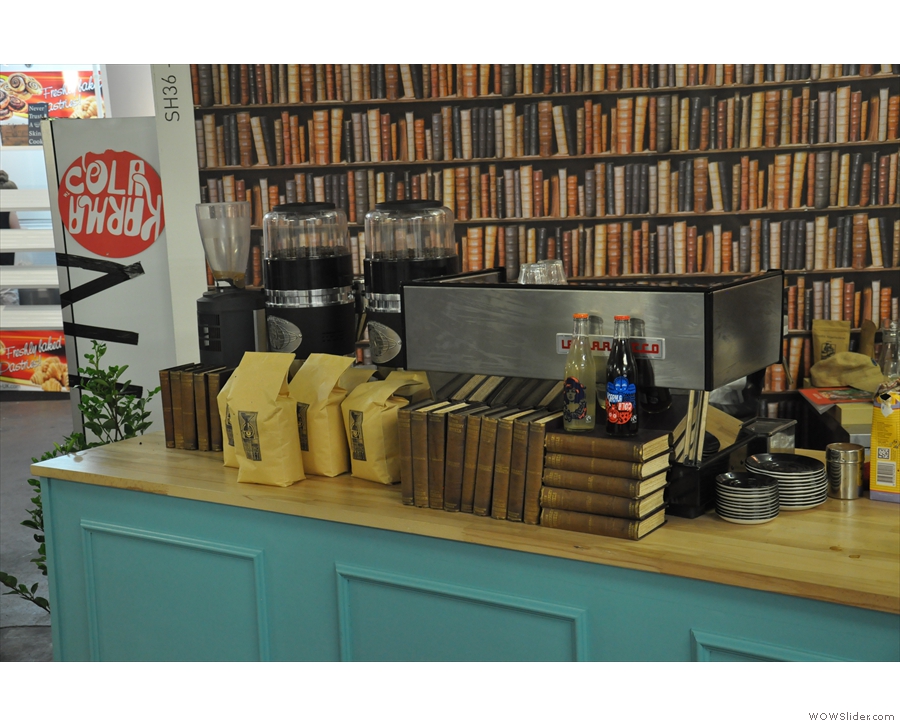











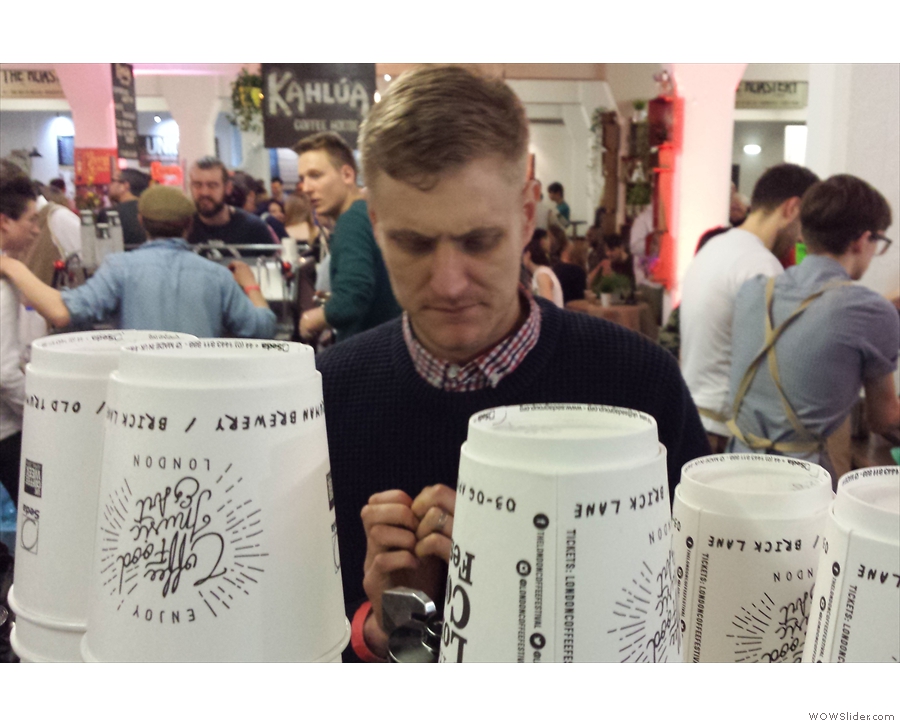


 1
1 2
2 3
3 4
4 5
5 6
6 7
7 8
8 9
9 10
10 11
11 12
12 13
13 14
14 15
15 16
16 17
17 18
18 19
19 20
20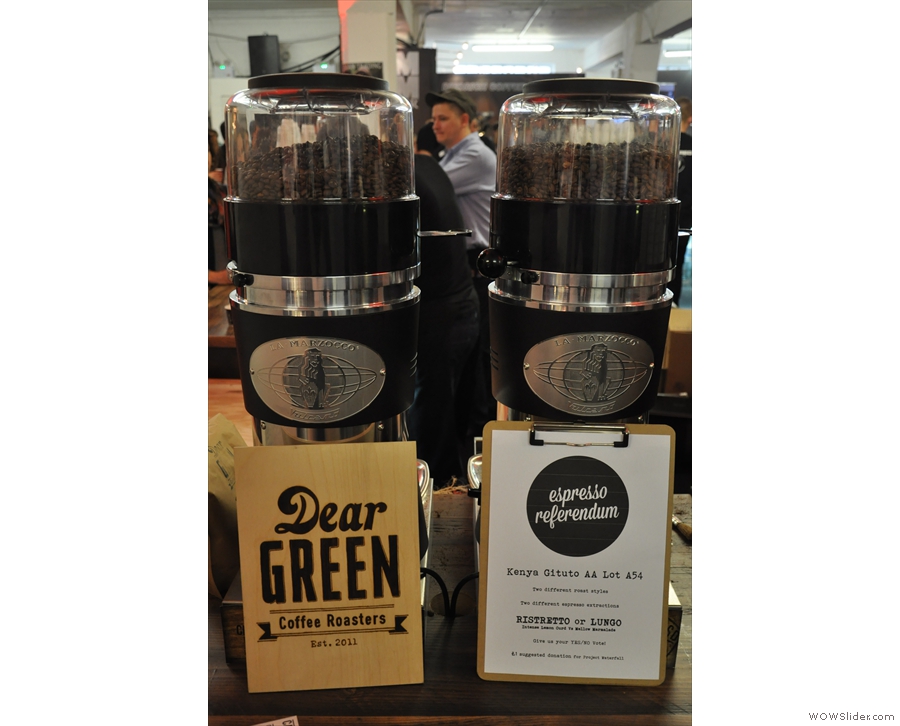
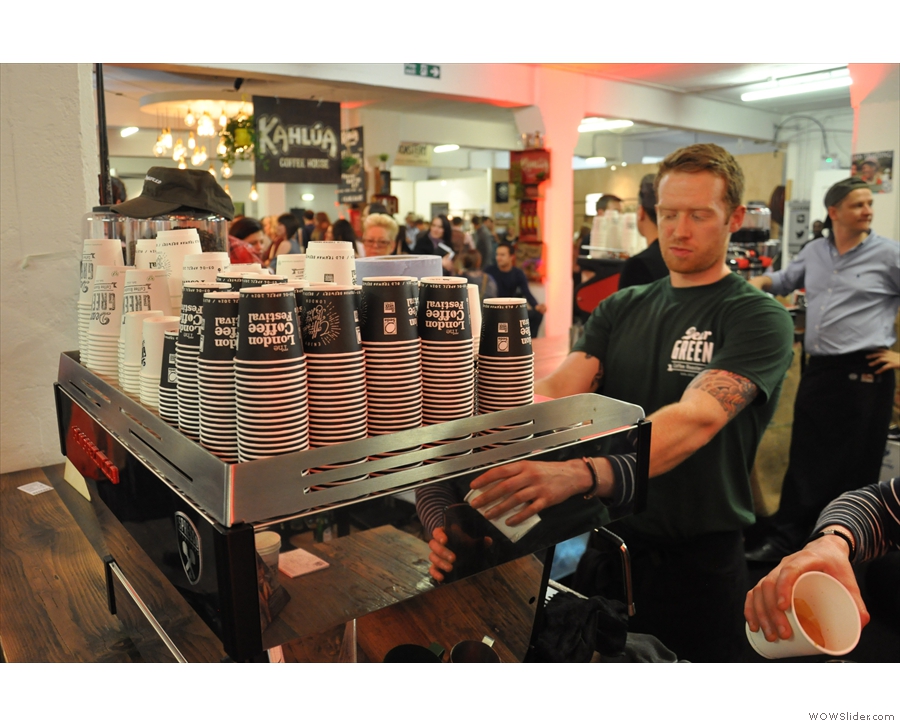
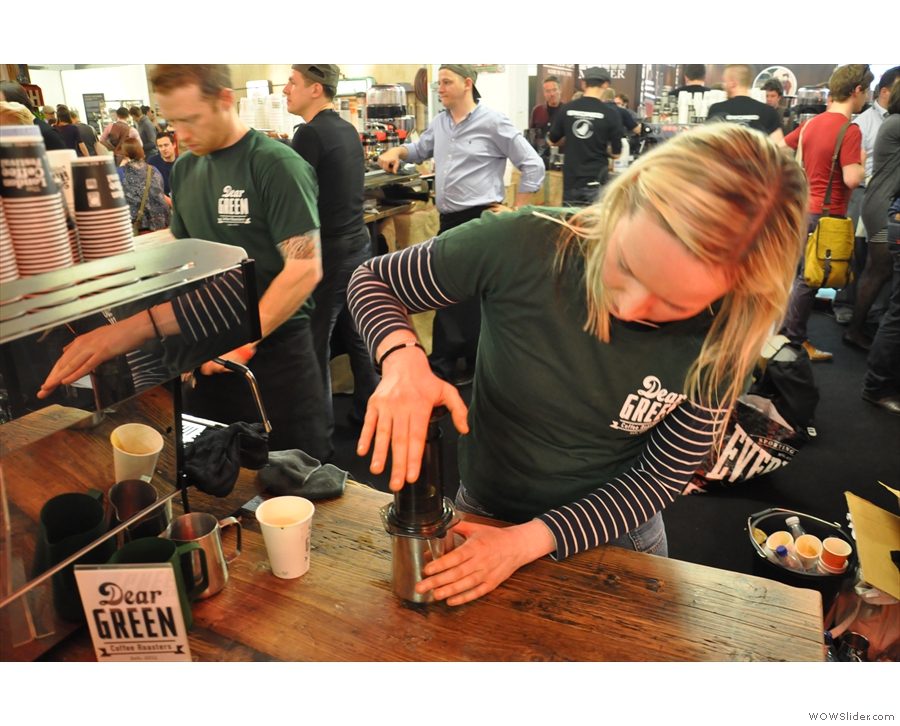






 1
1 2
2 3
3 4
4 5
5 6
6 7
7 8
8 9
9











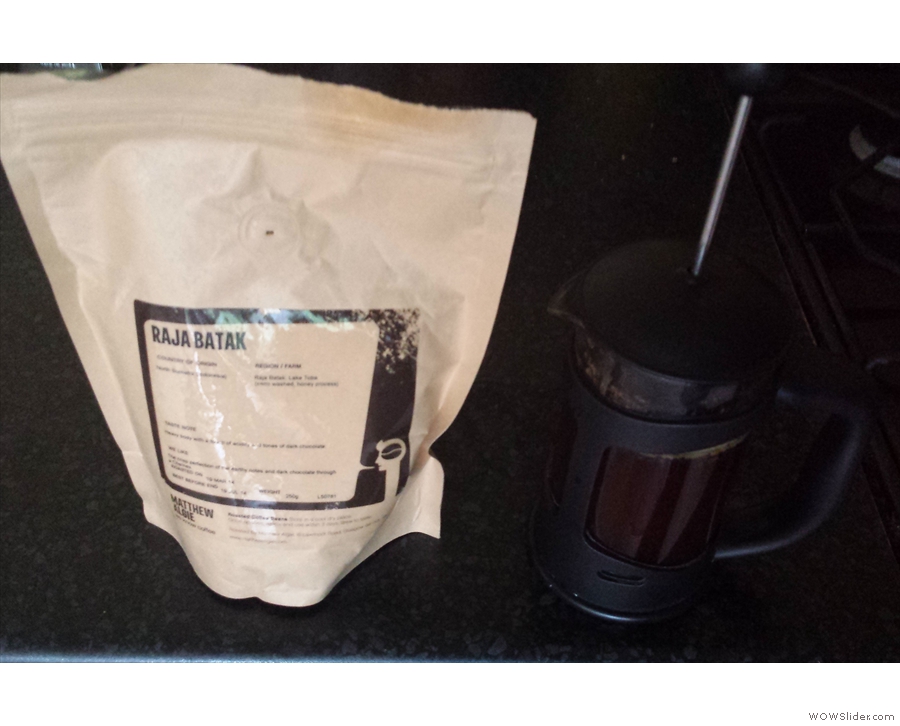
 1
1 2
2 3
3 4
4 5
5 6
6 7
7 8
8 9
9 10
10 11
11 12
12 13
13






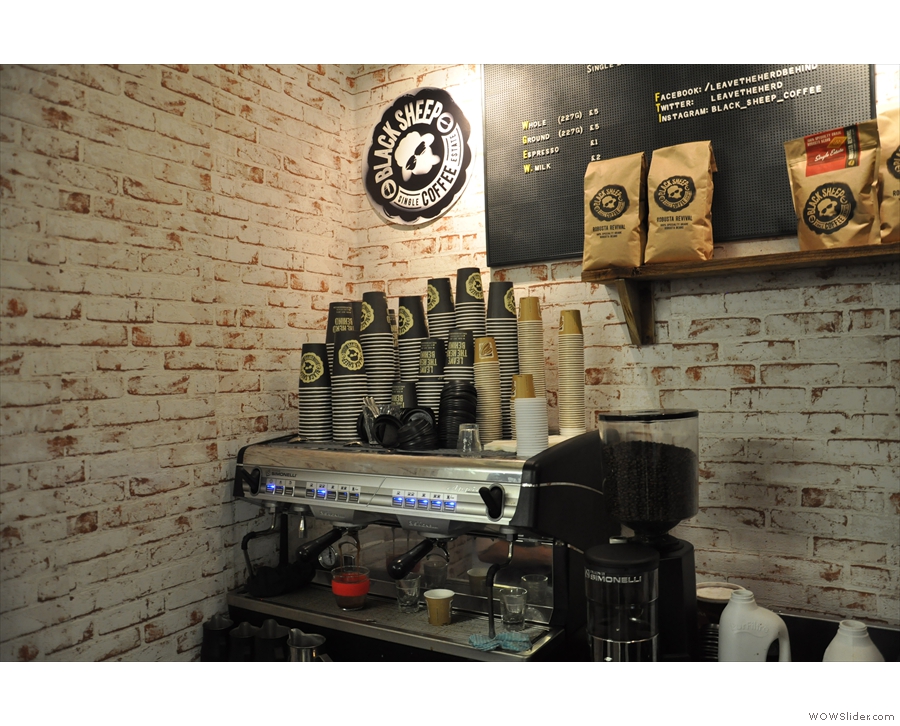

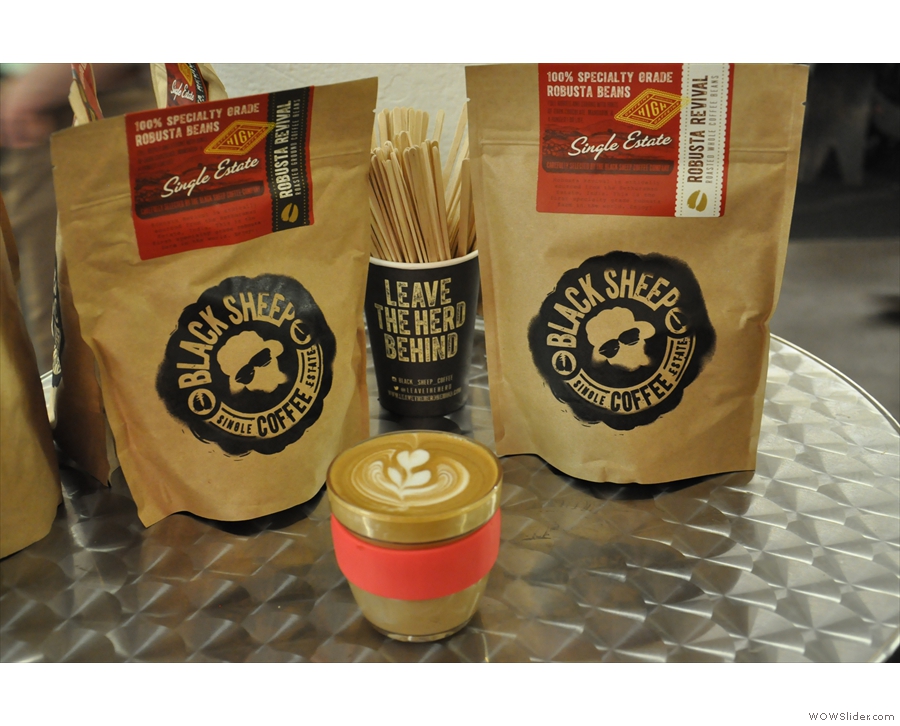
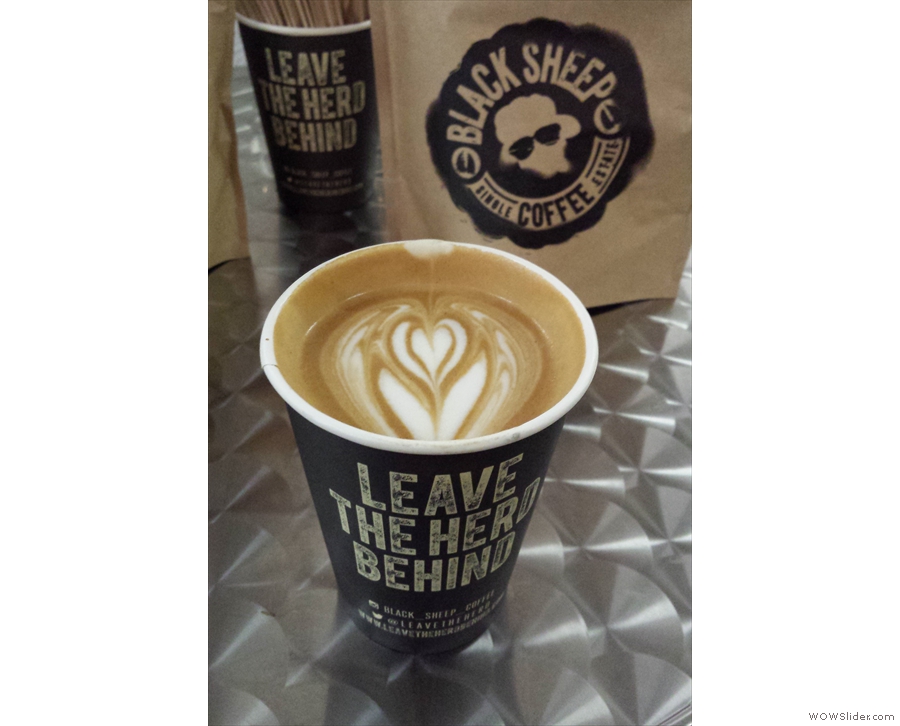

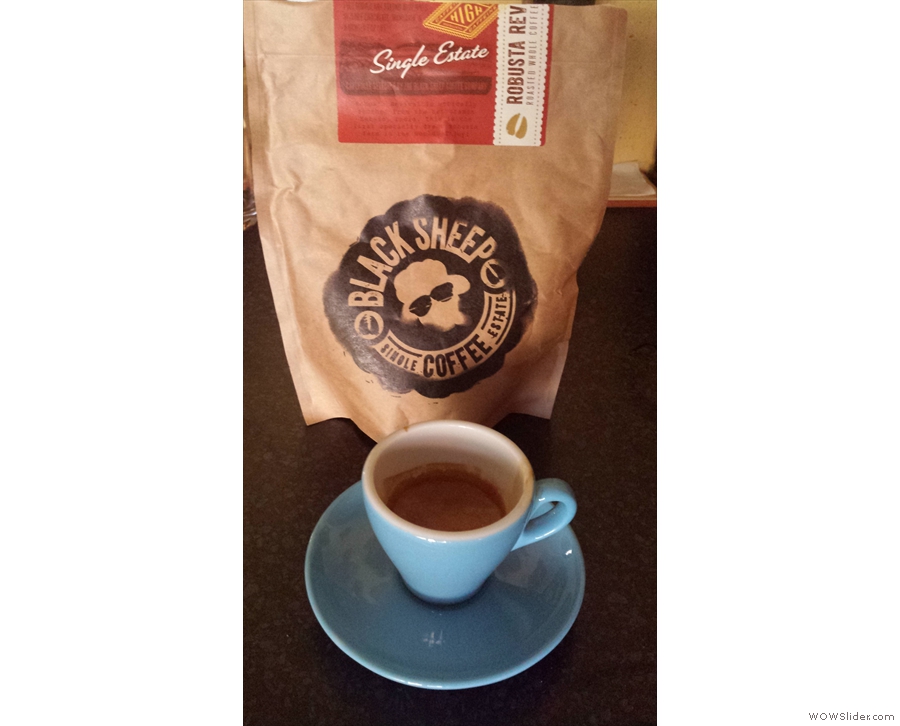
 1
1 2
2 3
3 4
4 5
5 6
6 7
7 8
8 9
9 10
10 11
11 12
12 13
13
Pingback: Caffé Culture Show 2014 | Brian's Coffee Spot
Pingback: Coffee Charisma Update | Brian's Coffee Spot
Pingback: Dear Green Coffee | Brian's Coffee Spot
Pingback: Beany Green, Paddington, Update | Brian's Coffee Spot
Pingback: Dinner at Caravan, King’s Cross | Brian's Coffee Spot
Pingback: 2014 Awards – Best Saturday Supplement | Brian's Coffee Spot
Pingback: London Coffee Festival 2015: Preview | Brian's Coffee Spot
Pingback: The Roasting Party | Brian's Coffee Spot
Pingback: Carvetii Coffee Roasters | Brian's Coffee Spot